How Tariffs Will Impact Clothing and Toy Prices in 2025
Experts warn tariffs will drive prices of clothes, toys, and furniture higher.
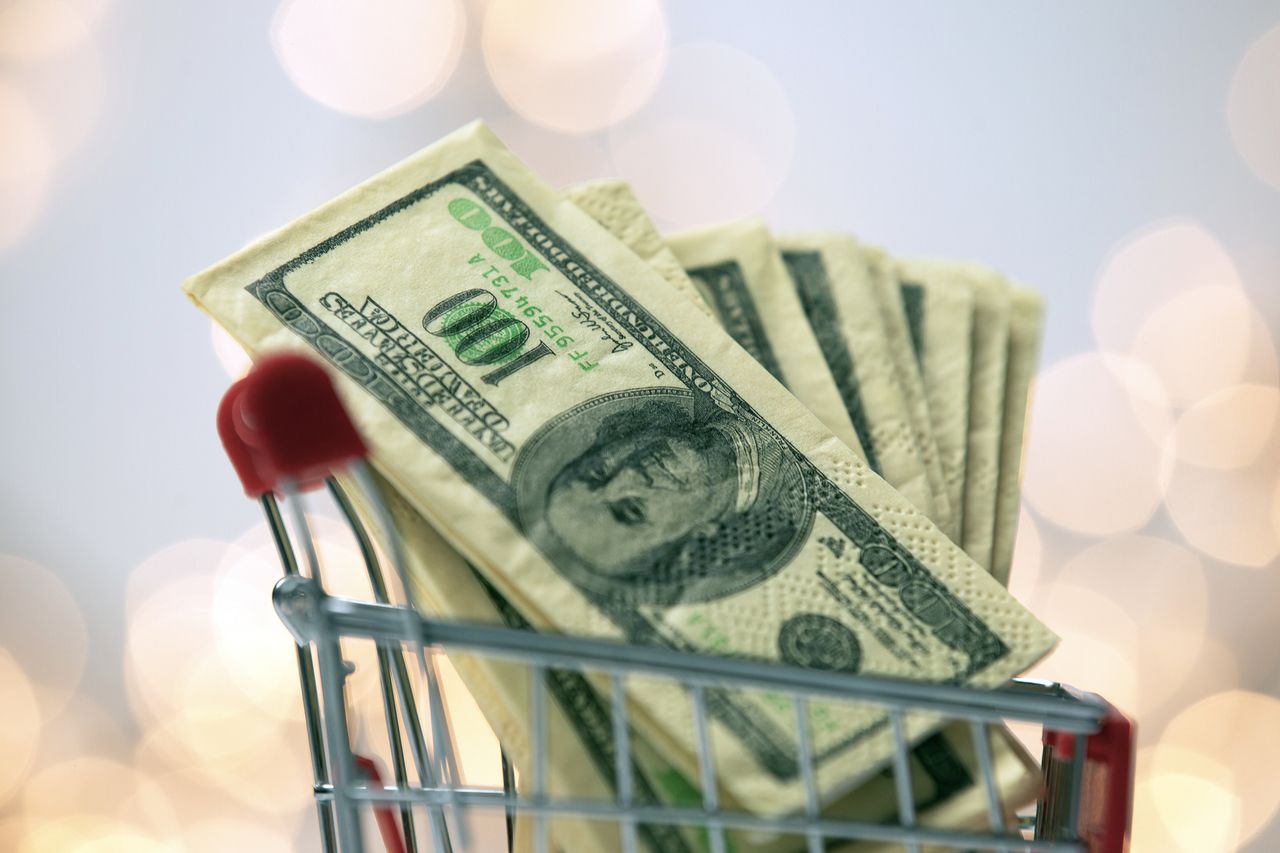

Watch out for price spikes at the grocery aisle or retail rack this month as the Trump administration levies its first round of tariffs.
President Donald Trump is set to impose 25% tariffs on imports from Canada and Mexico on Feb. 1, as well as a 10% tax on Chinese goods. The bold measure is set to raise the price of food, gas, and cars in the United States.
They are, however, a major step back from Trump’s steep across-the-board tariff proposals touted throughout the 2024 presidential campaign.

Sign up for Kiplinger’s Free E-Newsletters
Profit and prosper with the best of expert advice on investing, taxes, retirement, personal finance and more - straight to your e-mail.
Profit and prosper with the best of expert advice - straight to your e-mail.
The original plan includes a universal 10% tariff on all imports and a 60% tariff on China. The second aims for a universal 20% tariff and a 100% rate on Chinese imports.
While these measures have been shelved for later, the National Retail Federation warns these plans can dramatically increase the price of apparel, toys, furniture, household appliances, footwear, and travel goods.
Here’s what you can expect if the Trump administration succeeds in imposing universal tariffs this year.
Tariffs and your wallet
To narrow down the impact of tariffs, the National Retail Federation selected six common categories of consumer goods to evaluate how the tax can influence price changes.
Apparel, toys, furniture, household appliances, footwear, and travel goods account for just 7% of total U.S. imports. Still, the proposed tariffs on these six categories would reduce consumers’ spending power by $46.2 billion to $78 billion annually. That translates to $362 to $624 per household every year tariffs are in effect.
Here’s where prices would rise the most.
You’ll spend more on everyday apparel like jeans, t-shirts
Households will spend hundreds more on clothes and furniture if Trump's universal tariff plans go into effect, NRF researchers warned. Households with low incomes could spend three times as much of their after-tax income on apparel compared to wealthier consumers.
To start, U.S. apparel rates (generally, the pricing structure associated with clothing items) are currently 14.7%. Trump’s more modest tariff proposal would more than double that rate to 37.5%, while the extreme version of Trump’s tariff plan would move the apparel rate to 56%.
Where would you see prices jump? Practically everywhere in retail.
- A $50 woman’s cotton sweater would cost $56 to $60
- A pair of $80 men’s jeans would cost $90 to $96
- Even bundling up for winter will be pricier, a $100 coat would cost $112 to $121 under a new tariff scenario
It’s worth noting that 63% of surveyed U.S. consumers said they supported tariffs on imported blue jeans if that meant it would increase employment and domestic production of jeans. However, that support turned negative if tariffs were to make jeans $10 to $25 more expensive, according to public policy research organization the Cato Institute.
Shoe prices to climb higher
Have your eyes set on a pair of new shoes? According to NRF, footwear prices are projected to jump as high as 29% should Trump’s tariffs go into effect. That means consumers would pay nearly $32 for every new dollar earned by domestic footwear producers.
Currently, the average footwear tariff is 11.9%, and the proposed duties would increase that rate to 44.2% or 69.1%. So, where would you see prices spike?
- A $90 pair of athletic shoes will cost $106 to $116
- A $30 pair of girls’ Mary Janes will cost $35 to $39
- Some $48 women’s slippers could cost as much as $62
Travel goods would also see significant price increases between 13% and 22%. In other words:
- A $119 women’s travel bag would cost $134 to $145
- A $31 backpack could cost $4 to $7 more
Furniture and household item prices to spike
If you’re furnishing a new house or apartment, that’s going to cost more, too.
Current furniture tariff rates average 5.4%, mostly upon Chinese imports. The proposed tariffs would hike that rate to 32.8% or as high as 54.3%.
How much could prices soar for typical household items?
- A $2,000 mattress and box spring set would cost $2,128-$2,190
- A $200 crib will cost you $13 to $19 more
- A $1,500 mid-tier couch price will jump by $49 to $143
Overall, the additional furniture prices would cost families $8.5 billion to $13 billion annually.
Cost of household appliances to rise further
Currently, U.S. tariffs on home appliances sit at an average rate of 3.7%. If the proposed tariffs go into effect, duty rates would spike to 38.5% or 65.1%. These costs would impact everyday appliances such as refrigerators, washers, dryers, food processors, toasters, hair dryers, and more.
What does that mean for your wallet? The average price of a household appliance would increase by 19% to 31%. That translates to about $6 billion to $11 billion more in spending for U.S. households. Breaking it down, that means:
- A $40 toaster oven will be priced between $59 and $64
- A basic $650 refrigerator will cost you $776 to $852
Once again, low-income households would be hit the hardest – spending four times as much of their after-tax income compared to wealthier families.
Toy prices could see the largest price spike
Shopping for the holidays or a child’s birthday will become more expensive if the proposed tariffs go into effect.
The NRF expects toy prices to increase by 36% or 56%, which could reduce overall purchases by 48% and 61%, respectively.
- A $25 board game would cost $34 - $39
- A $50 tricycle would increase to $68 or $78
- A $17 plush toy would jump in price from $23 to $27
‘Prices higher than many consumers would be willing to pay’
Tariffs on imported goods are paid by domestic businesses, which generally pass the extra cost to U.S. consumers. These measures may increase revenue but will result in less economic activity. They also don’t account for retaliatory measures other countries may place on the United States.
According to experts, Trump’s original plans to impose global tariffs may not be sustainable for everyday consumers as prices of food, gas, clothes, and electronics climb. The revenue gained would not be enough to support subsidizing childcare or pay down national debt, as the president suggested.
“The additional costs associated with [Donald Trump’s] tariff plan would be too large for U.S. retailers to absorb and, when passed on to consumers, would result in prices higher than many consumers would be willing to pay,” NRF researchers argue in the report.
The National Retail Federation expects that the tariff proposals would increase a typical household’s costs by $362 to $624 each year. While tariffs will drive some revenue, consumer spending will surpass those gains reducing U.S. GDP by up to $50 billion.
“Some consumers would stop purchasing the items and demand would fall,” the NRF researchers wrote.
While the proposed Trump tariffs would inevitably increase domestic production and manufacturing across these retail goods, the result will be more costly to U.S. consumers.
That’s one big factor to keep in mind as you plan your expenses this year.
Related Content
Get Kiplinger Today newsletter — free
Profit and prosper with the best of Kiplinger's advice on investing, taxes, retirement, personal finance and much more. Delivered daily. Enter your email in the box and click Sign Me Up.

Gabriella Cruz-Martínez is a seasoned finance journalist with 8 years of experience covering consumer debt, economic policy, and tax. Before joining Kiplinger as a tax writer, her in-depth reporting and analysis were featured in Yahoo Finance. She contributed to national dialogues on fiscal responsibility, market trends and economic reforms involving family tax credits, housing accessibility, banking regulations, student loan debt, and inflation.
Gabriella’s work has also appeared in Money Magazine, The Hyde Park Herald, and the Journal Gazette & Times-Courier. As a reporter and journalist, she enjoys writing stories that empower people from diverse backgrounds about their finances no matter their stage in life.
-
 Retire in Mexico: Get a Lower Cost of Living Near the US
Retire in Mexico: Get a Lower Cost of Living Near the USMany older Americans retire in Mexico because of its laid-back lifestyle, beaches, and vibrant culture. Here’s the scoop on living in Mexico full-time.
By Brian O'Connell Published
-
 Financial Fact vs Fiction: This Roth Conversion Myth Could Cost You
Financial Fact vs Fiction: This Roth Conversion Myth Could Cost YouWhile some 'golden rules' stay in style forever, the financial landscape is constantly evolving. Here are five common myths to revisit (with more on the way).
By Scott McClatchey, CFP® Published
-
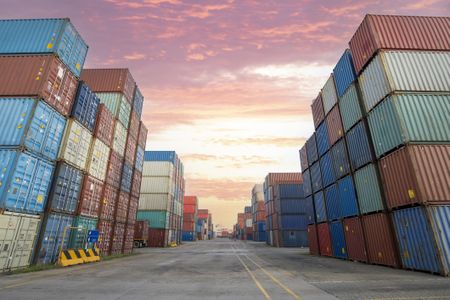 Trump Tariff Plan: Which States Would Be Hit the Hardest?
Trump Tariff Plan: Which States Would Be Hit the Hardest?Tariffs Donald Trump's campaign proposal would substantially increase prices in as many as 20 states.
By Gabriella Cruz-Martínez Last updated
-
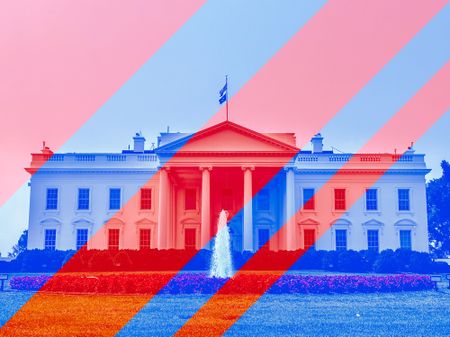 Ballot Initiatives to Know: Kiplinger Election Updates
Ballot Initiatives to Know: Kiplinger Election UpdatesThe latest election updates on what candidates are saying as it concerns people's finances, along with commentary and analysis from Kiplinger experts.
By Alexandra Svokos Last updated
-
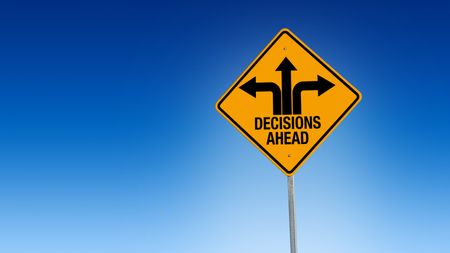 Election Could Reshape Opportunity Zones and 1031 Exchanges
Election Could Reshape Opportunity Zones and 1031 ExchangesTrump and Harris have divergent approaches to qualified opportunity zones and 1031 exchanges. See how each could fare under their administrations.
By Daniel Goodwin Published
-
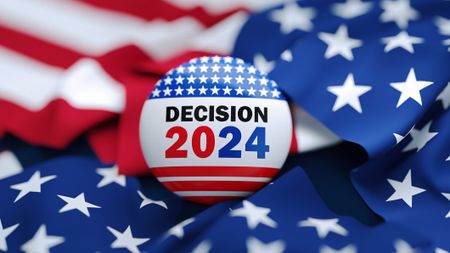 A Look at Kamala Harris's Tax Plans Ahead of the Election
A Look at Kamala Harris's Tax Plans Ahead of the ElectionThe Tax Letter Under Harris's tax proposals, upper-income individuals would pay more taxes, while the middle class and lower-income people would pay less.
By Joy Taylor Last updated
-
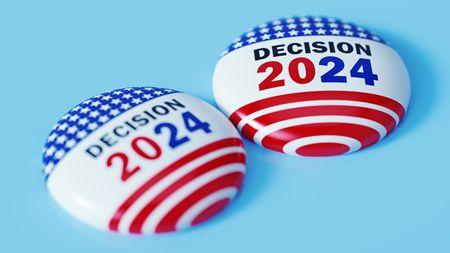 A Look at Donald Trump's Tax Plans
A Look at Donald Trump's Tax PlansThe Tax Letter We take a look at Donald Trump's tax plans and what they could mean for you. Here's what you need to know.
By Joy Taylor Last updated
-
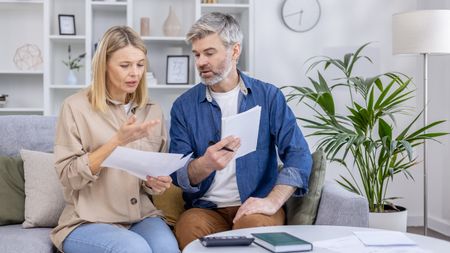 How Will the 2024 Election Affect Your Retirement?
How Will the 2024 Election Affect Your Retirement?Investors should expect volatility but also try not to overreact to news. To prepare, focus now on tax minimization, protecting your portfolio and more.
By Barry H. Spencer, Registered Investment Adviser Last updated
-
 Tax Plans of the 2024 Presidential Candidates
Tax Plans of the 2024 Presidential CandidatesTax Letter Joy Taylor reviews the tax plans of the 2024 election candidates. With a raft of tax provisions due to expire in 2025, the tax stakes couldn't be higher.
By Joy Taylor Published
-
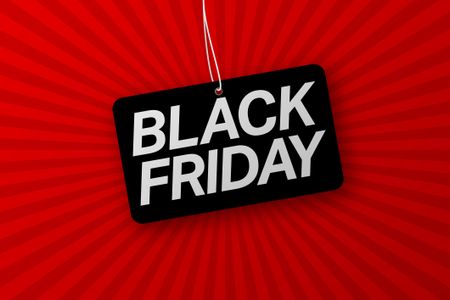 Tax-Deductible Black Friday Deals for the Self-Employed
Tax-Deductible Black Friday Deals for the Self-EmployedBlack Friday Deals Some Black Friday deals can help the self-employed save on business expenses and taxes.
By Katelyn Washington Published